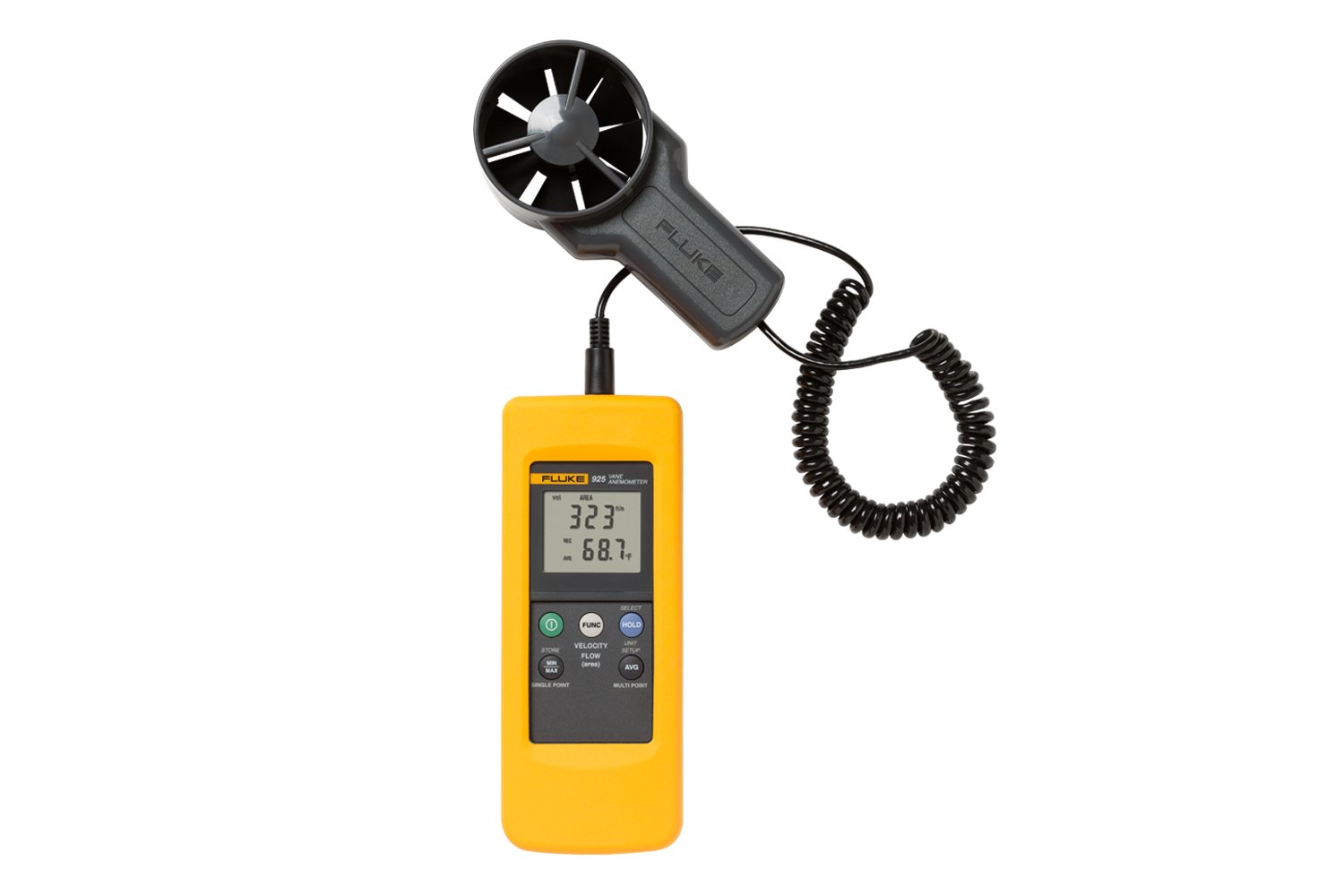How to Maintain and Care for Your Anemometer to Ensure Longevity
How to Maintain and Care for Your Anemometer to Ensure Longevity
Blog Article
Checking Out the Functions and Benefits of Anemometers for Weather Fanatics and Specialists
Anemometers stand as important tools in the world of weather condition tracking, catering to both enthusiasts and seasoned professionals alike. These tools use a window into the dynamic globe of wind patterns and rates, supplying invaluable data for atmospheric evaluation and forecasting. From cup anemometers to sonic anemometers, each kind brings its one-of-a-kind set of advantages and applications, dropping light on various aspects of climatic conditions. As we delve right into the functions and benefits of anemometers, a much deeper understanding emerges not only of prevailing weather sensations however also of the broader effects for sectors like wind energy manufacturing and environmental research.
Significance of Anemometers in Weather Surveillance
Anemometers play an essential role in climate monitoring by offering precise measurements of wind rate, assisting in forecasting and understanding weather patterns. These instruments, ranging from standard mug anemometers to modern-day ultrasonic anemometers, are important for meteorologists, scientists, and weather condition lovers alike.

Kinds Of Anemometers and Their Applications
With the critical function anemometers play in weather tracking and forecasting, understanding the various sorts of these tools and their applications becomes important for professionals and fanatics in the area. The most usual kinds of anemometers consist of mug anemometers, vane anemometers, hot-wire anemometers, and ultrasonic anemometers. Mug anemometers consist of three or 4 cups mounted on straight arms that turn with the wind, measuring its rate. Vane anemometers, on the other hand, use an openly turning vane to align with the wind instructions, providing both wind rate and direction dimensions. Hot-wire anemometers operate based on the concept of convective heat transfer, where the cooling result of the air flow is gauged to identify wind rate. Ultrasonic anemometers utilize ultrasonic acoustic wave to compute wind rate and instructions properly.
Cup anemometers are ideal and durable for general weather condition surveillance, while vane anemometers are preferred for directional measurements. Ultrasonic anemometers are non-intrusive and provide high precision, commonly used in research and specialized weather tracking applications.
Benefits of Utilizing Anemometers in Projecting
In meteorology, the use of anemometers provides indispensable advantages for enhancing the accuracy of climate forecasting. Anemometers determine wind speed and instructions, giving critical information for anticipating weather patterns. By incorporating wind data right into projecting models, meteorologists can much better recognize the motion of weather condition systems, anticipate adjustments in weather, and issue extra exact forecasts.
Moreover, anemometers play an essential duty in analyzing prospective weather threats. Checking wind speeds helps forecasters anticipate severe climate events such as hurricanes, hurricanes, and winter season tornados with higher precision. This early warning system allows authorities to issue prompt notifies and apply needed safety procedures, reducing the threats to life and building.
Furthermore, anemometers aid in optimizing renewable resource production. By analyzing wind patterns, meteorologists can identify suitable locations for wind farms and predict energy output, contributing to the efficient generation of wind power.

Anemometers in Wind Power Production
Given the essential role anemometers play in supplying exact wind information for weather condition projecting and danger analysis, their value reaches the world of wind energy manufacturing. Anemometers are essential instruments in the area of wind power, where the measurement of wind speed and direction is essential for figuring out the usefulness and performance of wind generator installations. By accurately measuring wind speeds at varying elevations, anemometers aid optimize the placement and layout of wind generators to address make the most of energy result.
In wind ranches, anemometers are purposefully put to collect real-time wind data that is used to assess the potential power production of a website. This information is important in figuring out the economic practicality of wind energy tasks and in projecting energy generation to guarantee grid stability. Additionally, anemometers help in monitoring wind problems to enhance turbine performance, protect against damages from high winds, and make sure the security of personnel functioning in the location of wind turbines.
Enhancing Weather Recognizing With Anemometers

Anemometers play a key role in enhancing our understanding of microclimates. These local weather can vary considerably from wider regional forecasts, making it vital to have exact information for certain areas. anemometer. By strategically positioning anemometers in numerous places, researchers can collect in-depth info on exactly how wind behaves in different surfaces, metropolitan atmospheres, or bodies of water
Furthermore, anemometers contribute to boosting weather condition forecasting versions by supplying real-time data on wind actions. This details is specifically important for predicting severe climate events, optimizing farming techniques, and sustaining industries like aeronautics and maritime navigation. Overall, anemometers are very useful instruments that allow us to dig much deeper into the complexities of weather condition systems, ultimately causing more better-informed choices and precise forecasts.
Final Thought
Finally, anemometers play a critical role in climate monitoring and projecting by gauging wind speed and instructions. They are crucial tools made use pop over to this web-site of by weather lovers and professionals to gather precise data for forecasting climate patterns and assessing prospective influences. Anemometers also have applications in wind energy production, more highlighting their significance in both weather forecasting and eco-friendly energy markets. On the whole, anemometers contribute to improving our understanding of climate phenomena and enhancing projecting capabilities. anemometer.
From mug anemometers to sonic anemometers, each kind brings its unique set of advantages and applications, shedding light on various elements of atmospheric problems. These tools, varying from traditional cup anemometers to modern ultrasonic anemometers, are important for meteorologists, researchers, and weather enthusiasts alike. The most typical kinds of anemometers consist of cup anemometers, vane anemometers, hot-wire anemometers, and ultrasonic anemometers. Cup anemometers are robust and suitable for basic climate monitoring, while vane anemometers are favored for directional dimensions. Anemometers are crucial instruments in the area of wind power, where the dimension of wind rate and direction is vital for establishing the usefulness and performance of wind generator setups.
Report this page